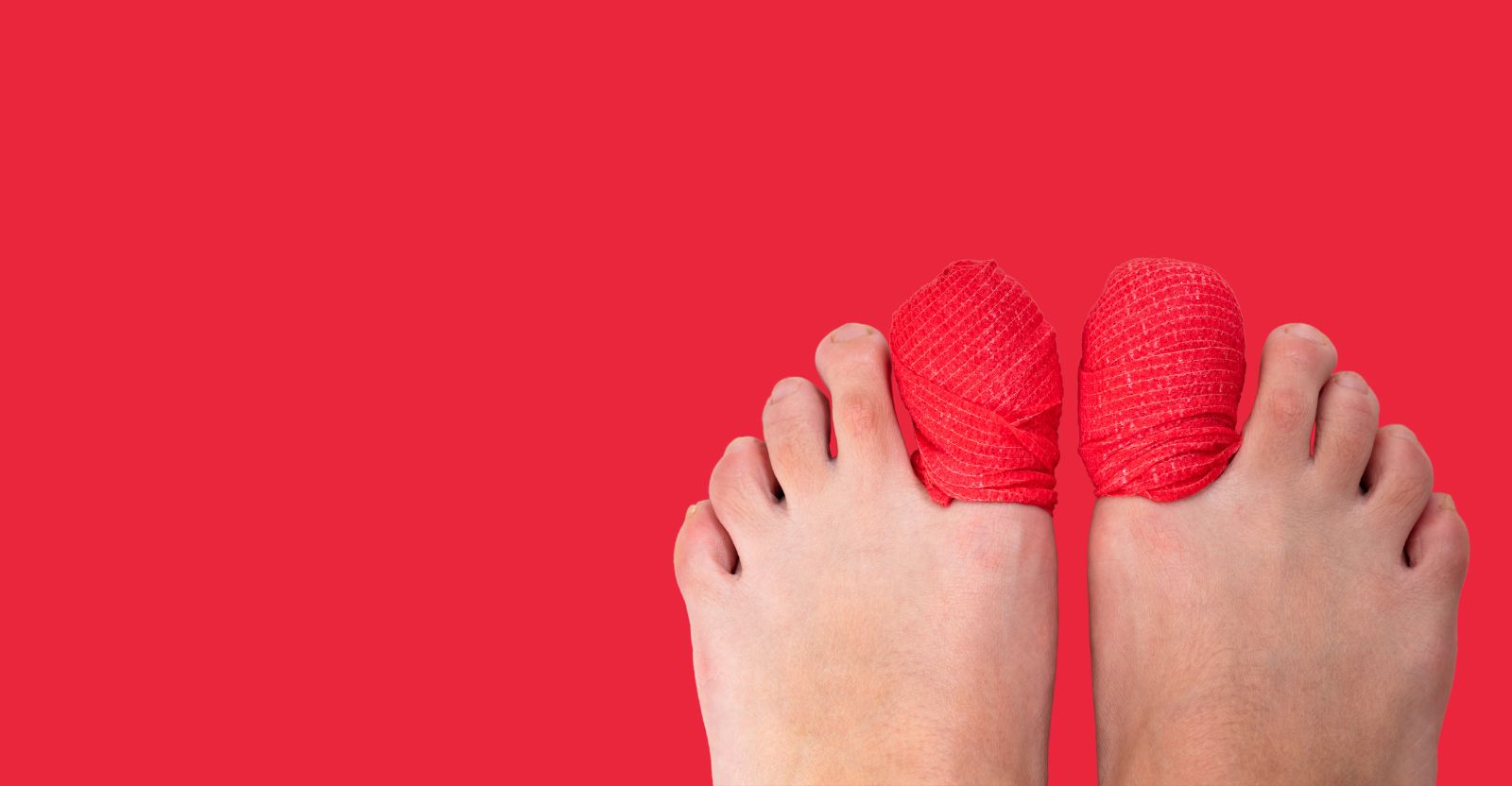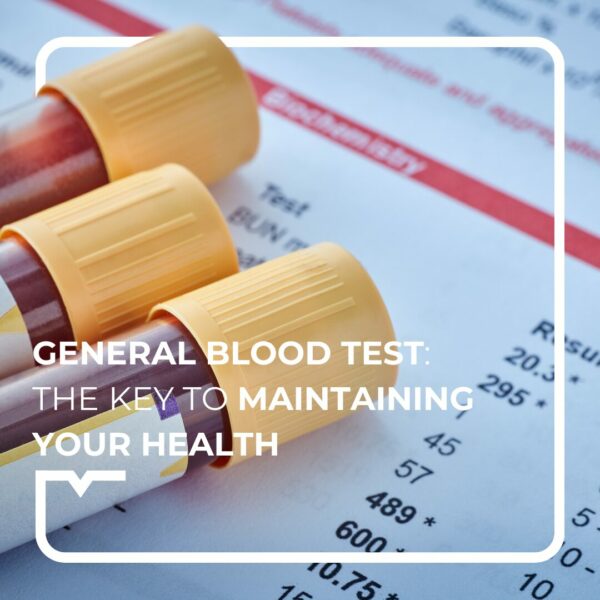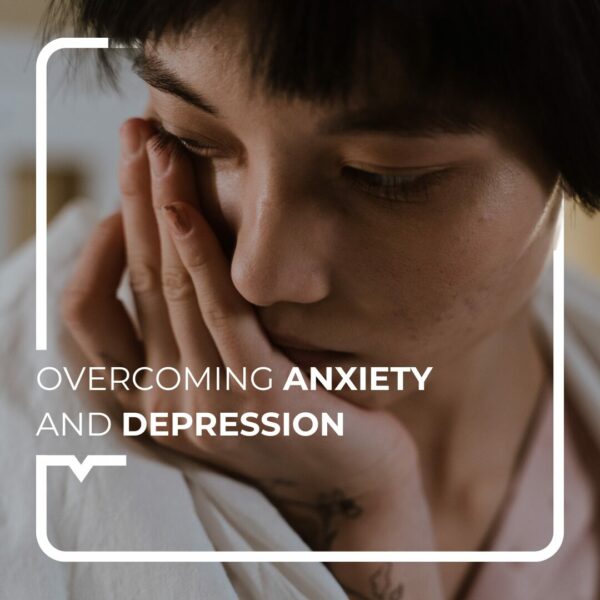Marine has nail problems. She went for a run this week, but she didn’t have her usual shoes on. When she got home, she noticed that one of her toenails was blue.
Panic ensued and Marine didn’t know what to do.
Ola, this is Dr Joy.
Let’s take a look at the different nail disorders and what could have given Marine’s nail that blue colour.
Vamos !
NAIL PROBLEMS AND THEIR TREATMENTS
There are many ailments affecting the nails (both hands and feet). Here we look at the most common everyday ailments.
- Ingrown nails
Ingrown nails occur when the edge of the nail penetrates the surrounding skin, causing pain, swelling and sometimes infection. To treat a benign ingrown nail, it is advisable to soak the finger or toe in warm water with salt, gently lift the corner of the ingrown nail with a sterile compress and slip a small piece of cotton wool between the nail and the skin to prevent it from growing back into the flesh.
In more serious cases, it is preferable to consult a health professional for medical intervention.
- Brittle and split nails
Brittle nails can be caused by excessive exposure to moisture, chemicals or a lack of essential vitamins and minerals. To strengthen brittle nails, we recommend using hardening nail polish and keeping your nails well hydrated by regularly applying olive oil or almond oil.
You can also add food supplements to your daily routine to supplement the vitamins you get from your diet.
- Torn nails
When a nail is accidentally torn off, it can be very painful and bleed profusely. The best way to treat a torn nail is to carefully clean the wound, apply a clean dressing and consult a health professional if necessary. Once the nail has been torn off, it will take time for a new nail to grow back completely.
- Haematoma on the nail
A haematoma under the nail is caused by direct trauma to the nail, causing a blood clot to form under the nail plate. If the haematoma is small and does not cause intense pain, it will generally disappear on its own.
However, if the pain is unbearable, surgical removal may be necessary to relieve the pressure.
- Ridges in nails
Ridges in nails can be caused by age, poor diet or underlying health problems. It is essential to maintain a balanced diet rich in vitamins and minerals, and to use nourishing nail varnishes to improve the appearance of ridged nails.
- Onychomycose
Onychomycosis, commonly known as nail fungus, is a fungal infection that generally affects the toenails. On an affected nail, a yellow spot can be seen, which gradually spreads before thickening. The nail then becomes discoloured and whitish.
Treatments vary according to the severity of the infection and may include topical or oral antifungal medication, as well as rigorous hygiene measures. Nail fungus can spread to other nails.
- Whitlow
Whitlow is a painful skin infection that usually develops around the nails, both on the hands and the feet. It is caused by bacteria that enter the skin through a cut, scratch or crack near the nail. Common symptoms include sharp pain, swelling, redness and warmth in the affected area. In more serious cases, pus may accumulate under the skin, causing painful pressure.
Treatment depends on the severity of the infection.
To begin with, you can immerse your finger in a bath with the same amount of water and Dakin (available from chemists) several times a day for 5 minutes.
If the infection is mild, soaking in lukewarm water may be enough to cure the rash. However, in more serious cases or if the infection worsens, your doctor may prescribe antibiotics to fight the infection.
Finally, if there is a large accumulation of pus or if it does not respond to initial treatment, surgical evacuation may be necessary to drain the infection completely. This should be carried out by a qualified health professional.
How can I look after my nails?
- Tip 1 – Keep your nails clean and dry
To avoid nail problems, wash your hands regularly with mild soap and lukewarm water, then dry your nails thoroughly to prevent bacteria from spreading. The same goes for your feet. Remember to dry them thoroughly after every shower. Don’t forget the nails and between the toes.
- Tip 2 – Avoid inappropriate use
Don’t use your nails as a tool to open objects or scratch surfaces. This can lead to injury and damage to the structure of the nail.
- Tip 3 – File your nails
Rather than cutting them sharply, use a soft nail file to gently shape your nails in the desired direction, avoiding back-and-forth movements that could weaken the nail. For your feet, you can also call on the services of a podiatrist, a professional with expertise in this area.
- Tip 4 – Moisturise your nails and cuticles regularly
Apply almond oil, coconut oil or a moisturising cream specially designed for nails. The same goes for your feet.
- Tip 5 – Protect your nails
Wear gloves when doing household chores or outdoor work, and choose comfortable shoes that offer good support to prevent trauma to your toenails. This will help you avoid blue nails like Marine.
By following these simple tips, you can prevent many nail problems and maintain healthy nails. If you experience persistent problems or worrying symptoms, consider consulting a health professional or dermatologist for a diagnosis and appropriate treatment.
Taking care of your nails is essential for good health and an overall beautiful appearance.
Até já,
Dr Joy
This information is not a substitute for medical advice.
You must seek the advice of your doctor or another qualified health professional with any questions you may have regarding your health condition.



